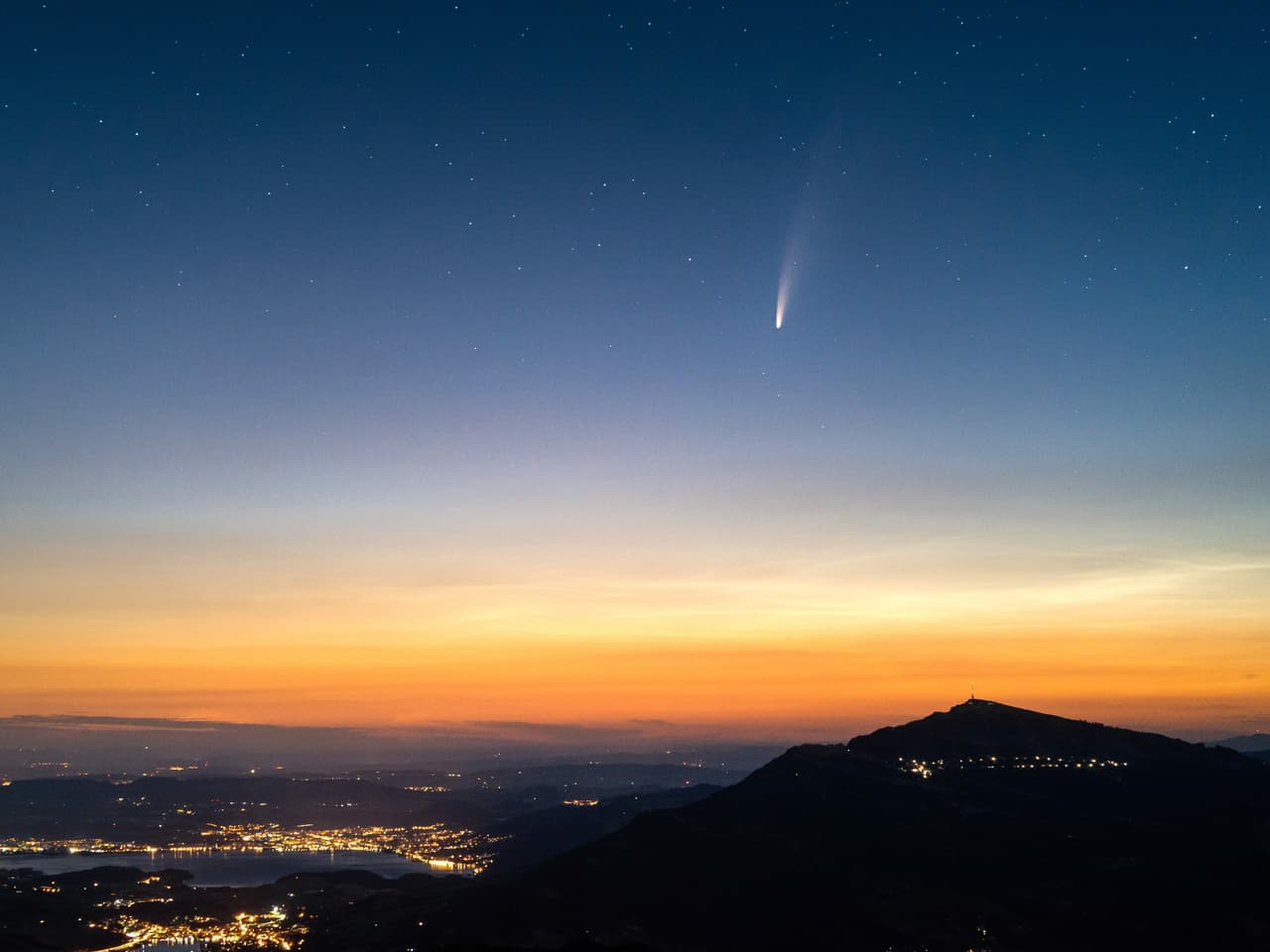Once again, we are entering the summer conference season and, once again, most conferences are taking place in virtual format due to the ongoing travel restrictions and uncertainty due to the Covid-19 pandemic.
Much has in fact already been written about how to make conferences more inclusive, both in person and virtually. So what aspects should be considered as a measure of inclusivity?
Cost
Firstly – cost. The ugly truth is that expensive conference fees, coupled with transport and accommodation costs, often effectively prohibit people from attending meetings due to their location. Travel grants and awards can help to combat this, but are not as much of an equaliser as a fully online format.
Travel
Secondly – even for those who can afford it, travelling long distances is not always possible or desirable. This is especially true for people with family to look after, with teaching obligations, or for people with certain disabilities, for whom the stress is not worth the effort.
Time
Not everyone can afford the luxury of going away for 1-2 weeks. Yet an online format is typically difficult to be fully inclusive in terms of time zones. As an example, next week from 28th June until the 2nd July, the European Astronomical Society (EAS) 2021 meeting takes place; scheduled from 9am to 6pm CEST, which makes sense for a majority European attendance. However, the International Cosmic Ray Conference (ICRC) 2021 from 12th – 23rd July has to cater for a truly international attendance. This is scheduled from 12pm to 7:30pm CEST — which is 7pm to 2:30am in Tokyo and 3am to 10:30 am in Los Angeles. Good luck to colleagues further afield still, in Australia and Hawaii!
In these cases, the online format makes scheduling “live discussions” in which all can participate at a reasonable time, effectively impossible. Such is life when living on a rotating Earth.
Recordings
For the ICRC this year, all contributions (except for plenary talks) have to be recorded and uploaded in advance of the conference. Although it may seem like a pain – one more thing to prepare – in my opinion this is helpful for many people for the following reasons:
1) it enables people to watch talks at a suitable time for them;
2) the talk can be recorded as many times as the presenter likes, thereby getting rid of some nerves;
3) fast speakers can be slowed down and slow speakers can be sped up;
4) parts of a talk can be repeated if necessary (or skipped, e.g. if hearing the same introduction for the Nth time).
The major disadvantage being, of course, that the audience can be much reduced, as fewer people will proactively watch as many talks as they would in person.
Language
English is the de facto language of science in general and international conferences in particular. As a native speaker, I’m fully aware that I have an unfair advantage here. (Also, that my natural writing style is deemed “difficult to read”…)
Online formats can provide non-native speakers of English with more time and flexibility; in preparing their talks; in formulating questions before asking these live or writing and posting online; and in assimilating and understanding information before responding.
Actually, that list applies to everyone, regardless of their native language!
Invisible barriers
There are likely several further, invisible barriers that I have not mentioned so far. These are the less obvious aspects, that you won’t know someone is affected by unless they tell you. For example, at the EAS 2021, a friend is helping to organise this special session on Welfare and Mental Health in Astronomy Research which will no doubt spark valuable discussion; whilst the Cherenkov Telescope Array (CTA) as part of its “Astrodiversity” project has issued a set of guidelines for colour blind friendly publications.
As scientists, it is important to keep learning from each other, and try to make science in general (and astrophysics in particular) a welcoming environment that supports all people involved.
After all, E = mc2 regardless of our differences.


